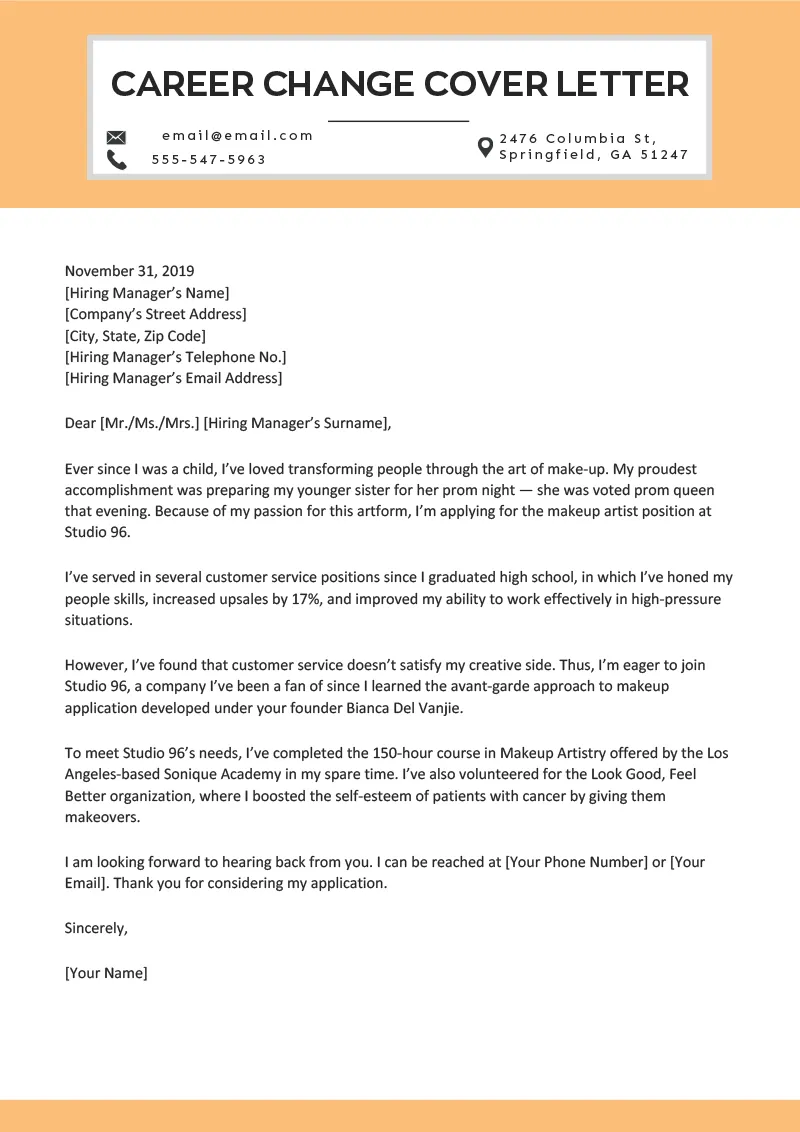Cover Letter for New Career Why It’s Crucial
Embarking on a new career path is exciting, but it also presents unique challenges. A well-crafted cover letter is your secret weapon, your first opportunity to make a compelling case for why you’re a strong candidate, even when transitioning fields. It’s not just a formality; it’s a vital tool for showcasing your adaptability, enthusiasm, and transferable skills. Unlike a resume, which provides a factual overview of your experience, the cover letter allows you to tell your story, explaining your motivations and connecting the dots between your past and your desired future. It is a chance to address the hiring manager directly, build rapport, and demonstrate how your skills and experiences align with the job requirements. Think of it as your personal introduction, setting the stage for a successful application and making the reader want to learn more about you.
Understanding the Core Components
A successful cover letter is built on key elements. Each component plays a specific role in presenting a cohesive and persuasive narrative. Omitting or neglecting any of these elements can weaken your application. From the header to the closing, every detail matters. Understanding these components and how they interact is crucial to creating a cover letter that stands out. Start by understanding the purpose of each section and how it contributes to the overall message. Your header includes contact information, the personalized greeting sets the tone, and the body paragraphs build a compelling case. The closing reinforces your interest, and the signature provides a professional touch. A well-structured cover letter should leave a lasting positive impression.
Header and Contact Information
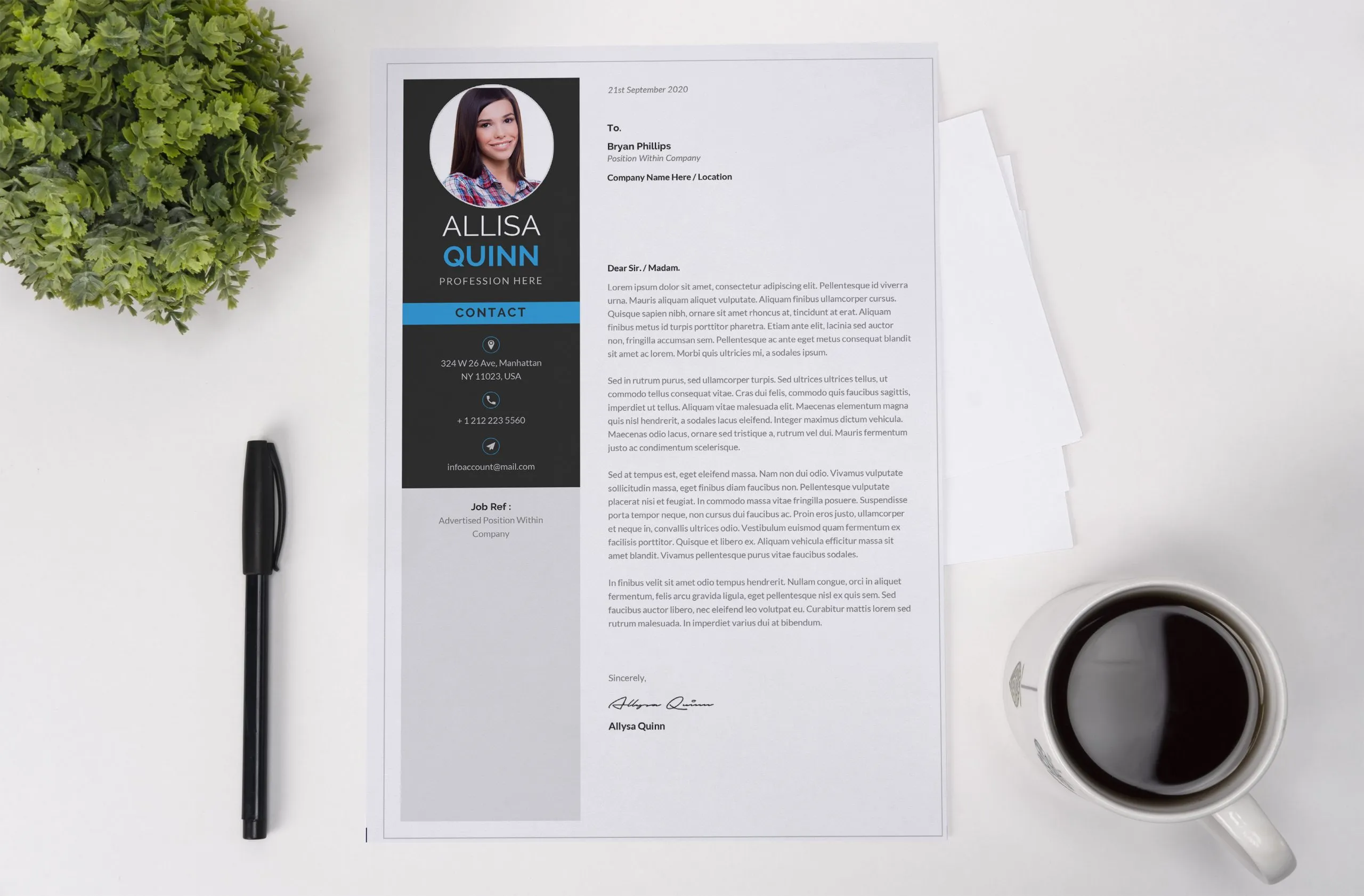
Begin with your header, which should include your name, address, phone number, and professional email address. Ensure this information is accurate and up-to-date. The header also includes the date and the recipient’s information. If possible, find the name of the hiring manager or the person in charge of the hiring process. Addressing your cover letter to a specific individual adds a personal touch and demonstrates that you’ve done your research. Use a clear, professional font and layout. The header should be clean and easy to read, immediately conveying essential information to the reader. This section sets a professional tone from the start.
Personalized Greeting
Following the header, greet the hiring manager with a personalized salutation. If you know their name, use it – ‘Dear Mr./Ms. [Last Name]’. This shows that you’ve taken the time to identify the appropriate contact person and demonstrates attention to detail. Avoid generic greetings like ‘To Whom It May Concern’, which can make your letter seem impersonal. If you cannot find a specific name, try ‘Dear Hiring Manager’. A well-crafted greeting immediately captures the reader’s attention and sets a positive tone, showing genuine interest in the opportunity and respect for the recipient. This small detail makes a significant difference in how your application is perceived.
Body Paragraphs for Impact
The body of your cover letter is where you make your case, highlighting why you are a good fit for the role and why the career change is important to you. This section should be divided into paragraphs that each address a specific aspect of your suitability, focusing on what you can bring to the company. The main objective is to show the hiring manager why you are the right person for the job, even if your previous experience isn’t directly aligned. Instead of simply listing your past duties, emphasize your accomplishments, transferable skills, and the value you bring to the table. Use action verbs to demonstrate your capabilities and quantify your achievements whenever possible. Each paragraph contributes to a cohesive narrative that highlights your strengths and your eagerness to start.
Highlighting Transferable Skills
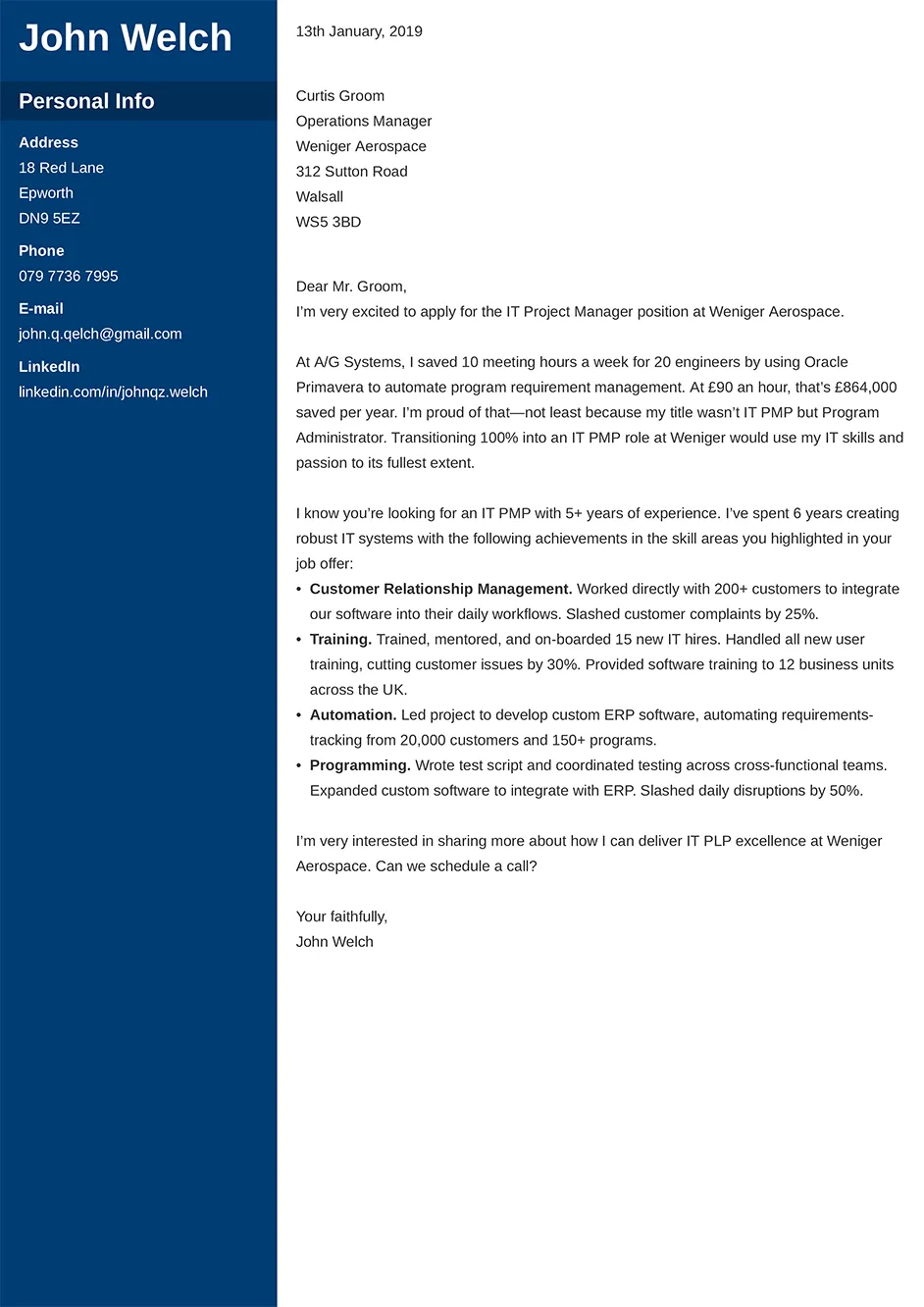
When changing careers, transferable skills are your greatest asset. These are skills and abilities that you’ve developed in previous roles or experiences, which can be applied to a new job or industry. Identify the skills that align with the job description, such as communication, problem-solving, leadership, project management, or customer service. Provide specific examples of how you have demonstrated these skills in your past. For example, instead of just saying ‘I have good communication skills,’ describe a situation where you effectively communicated a complex concept, resolved a conflict, or persuaded a team to adopt a new strategy. By emphasizing transferable skills, you can demonstrate your potential and show that you are ready to succeed in your new role. Showcase your adaptability and willingness to learn new things.
Showcasing Relevant Experience
Even if your past experience isn’t directly related to the job you are applying for, there is always something relevant that you can highlight. Focus on experiences that demonstrate the skills and qualities the employer is seeking. If you’ve held leadership roles, describe your team management abilities. If you have a strong work ethic, give examples of your diligence and commitment. If you’ve completed relevant projects or coursework, be sure to mention those as well. The aim is to bridge the gap between your past and the desired future and highlight how your experience has prepared you for the new role. Tailor your examples to match the job requirements and showcase the positive impact of your contributions. The goal is to convey that your background provides the necessary knowledge and skills needed for the role.
Addressing the Career Change
Address your career change head-on. Be upfront about why you are making the transition and what attracts you to the new field or role. Explain your motivations clearly and concisely. This is an opportunity to show your genuine interest and enthusiasm for the new direction. Provide context for your decision, perhaps by explaining what you’ve learned from previous experiences and what has drawn you to this new path. Avoid negative language about your past roles, instead focusing on the positive aspects of your transition. Share how this career change aligns with your career goals and how the new position will contribute to your professional development. Your enthusiasm and insight will help the hiring manager understand your motivations and see you as a dedicated candidate, making a significant impact on their view of you.
Call to Action and Closing
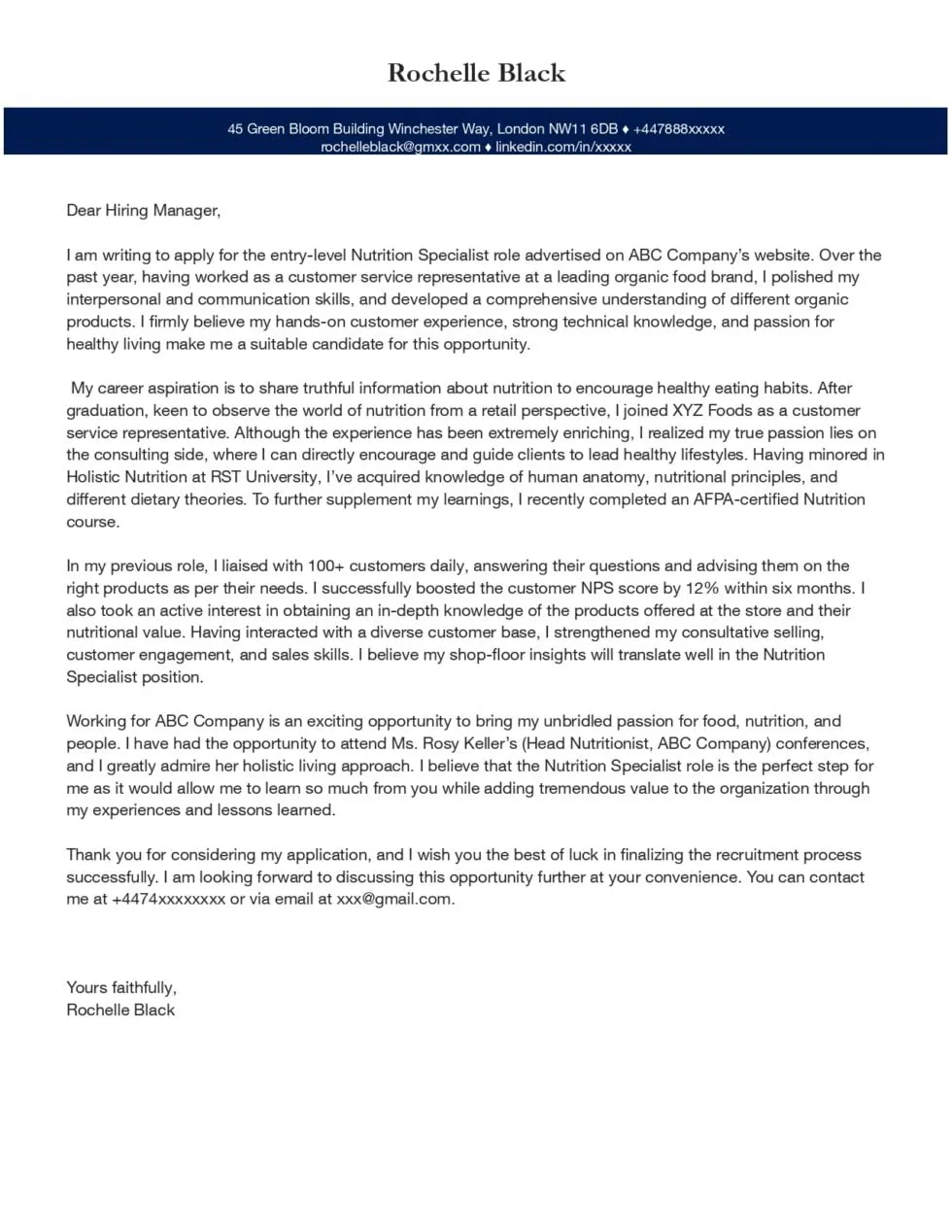
The closing is where you reinforce your interest and provide a clear call to action. Thank the hiring manager for their time and consideration. Reiterate your enthusiasm for the position and express your interest in an interview. State how you look forward to discussing your qualifications further. This is your last chance to leave a positive impression, so make sure it is both professional and confident. Always close with a formal sign-off, such as ‘Sincerely’ or ‘Best regards’, followed by your typed name. This shows respect and completes the professional tone of your letter. The ending should be strong, leaving the reader with a lasting positive impression and a sense of excitement.
Expressing Enthusiasm and Gratitude
In the closing paragraph, express your enthusiasm for the role and the company. Show genuine interest in the opportunity and reiterate why you are excited about this new direction. Mention how you believe your skills and experience will benefit the organization. Express your gratitude for the time and consideration the hiring manager has given to your application. This section of the cover letter allows you to leave a positive final impression. Be genuine and sincere. Reinforce your commitment to the role and your eagerness to contribute to the company’s success. Expressing gratitude shows respect for the hiring manager and reinforces your professionalism, making the company more inclined to take you seriously.
Formal Closing and Signature
End your cover letter with a formal closing and your signature. The most common closings include ‘Sincerely,’ ‘Best regards,’ or ‘Thank you’. After the closing, leave space for your handwritten signature if you are submitting a hard copy. If submitting electronically, simply type your full name below the closing. Ensure your signature is clear and legible. Use a professional font that matches the rest of your document. A formal closing and signature is crucial for professionalism and respect. This small detail shows that you have given careful consideration to every aspect of your application, demonstrating to the hiring manager that you are serious and focused. The final impression should reinforce your professionalism and make it easy for the hiring manager to contact you.
Formatting and Proofreading
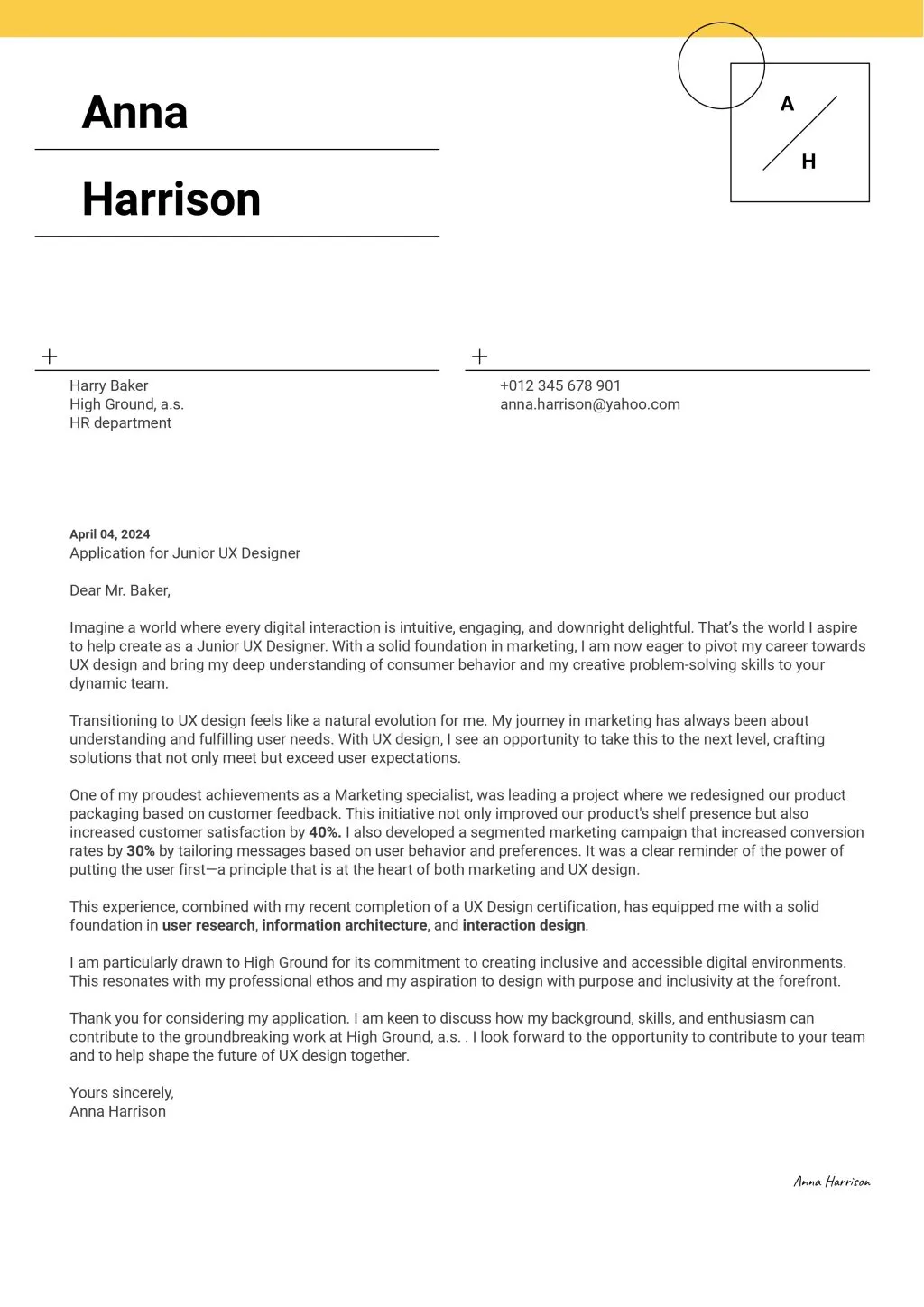
Formatting and proofreading are essential to make your cover letter polished and professional. These steps ensure that your application is easy to read and free from errors, leaving a positive impression on the hiring manager. A well-formatted and proofread cover letter demonstrates attention to detail, one of the most desired qualities in employees. If your letter has formatting errors or is riddled with mistakes, it can undermine your credibility and cause the hiring manager to question your professionalism. Remember, the goal is to make a positive impression and showcase your attention to detail.
Choosing the Right Font and Layout
Choose a professional font and a clean layout for your cover letter. Stick to fonts like Times New Roman, Arial, or Calibri, as they are easy to read. Use a font size between 10 and 12 points. Your layout should be easy to follow, with clear sections and adequate spacing. Use consistent formatting throughout the document. Make sure that the alignment is neat and that the margins are appropriate. The formatting should enhance readability, making your cover letter look professional. Avoid excessive use of bolding, italics, or underlining, which can distract the reader. A clean, well-formatted cover letter shows that you take pride in your work and pay attention to detail.
Proofreading for Errors
Proofread your cover letter carefully for any spelling, grammar, or punctuation errors. Errors can undermine your credibility and create a negative impression, no matter how qualified you are. Use a spell checker, but also manually review your letter, as spell checkers may not catch all errors. Read your cover letter aloud, as this can help you find mistakes that you might miss when reading silently. Ask someone else to proofread your cover letter; a fresh pair of eyes can catch errors that you might have missed. Proofreading demonstrates attention to detail and attention to quality and shows that you are willing to go the extra mile to make a good impression. A clean, error-free cover letter boosts your chances of landing an interview and makes you a more desirable candidate.
Tailoring for Different Industries
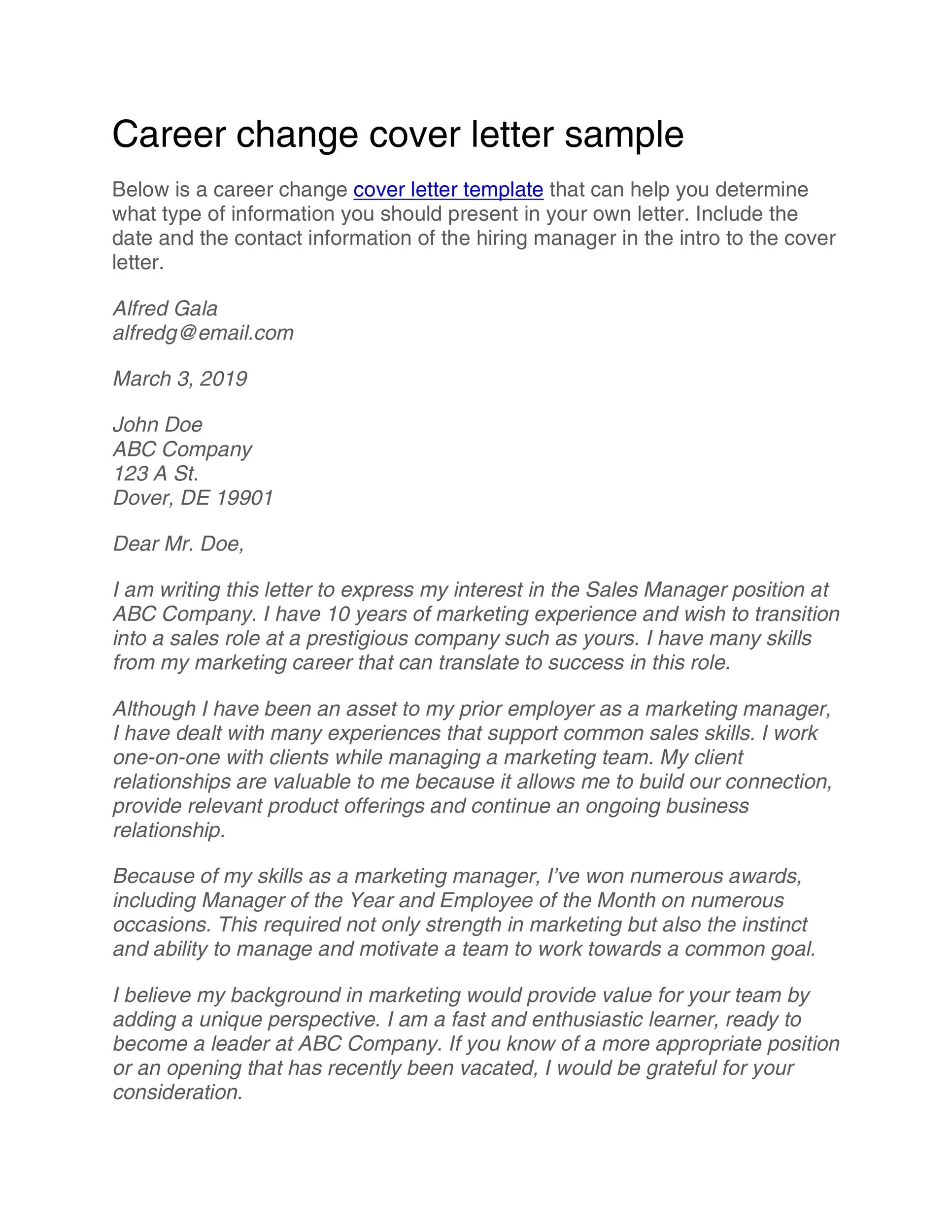
Tailoring your cover letter for different industries is essential because different industries have different standards and expectations. Your cover letter should align with the specific requirements and values of each industry you apply to. This will show employers that you understand their needs and have done your research. To increase your chances of success, you should customize your cover letter based on industry, showing that you have studied the industry and are making a specific effort. Remember that a generic cover letter can be viewed as a sign of a lack of commitment.
Researching Industry Standards
Before writing your cover letter, research the industry standards. Look at job postings and company websites to understand the industry’s terminology, values, and culture. Learn what types of cover letters are most common and what information employers typically include. Familiarize yourself with common expectations in this industry. Tailor your tone and language to match the industry’s style. For example, some industries may value a more formal and concise tone, while others may embrace a more creative approach. Understanding the industry’s standards ensures that your cover letter is relevant and reflects your awareness of the field. Research helps you to effectively convey your interest in the industry and increases your chances of capturing the hiring manager’s attention.
Adapting the Letter to Specific Roles
Adapt your cover letter to each specific role. Read the job description carefully and identify the key requirements, skills, and experiences that the employer is seeking. Highlight your qualifications that match those requirements. Use the same keywords and phrases from the job description to demonstrate that you are a good fit. Focus on how you can contribute to the company’s goals, using specific examples of your achievements and relevant experience. This will make your application more impactful, show your enthusiasm, and increase your chances of getting noticed. Tailoring your cover letter ensures that you show why you are the right candidate for the specific role and increases your chances of getting an interview.
